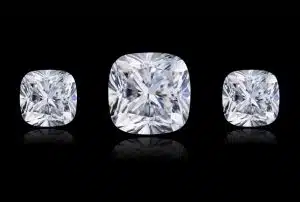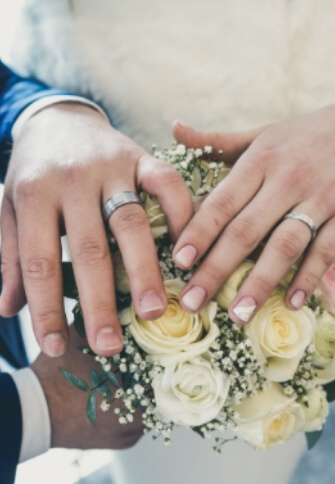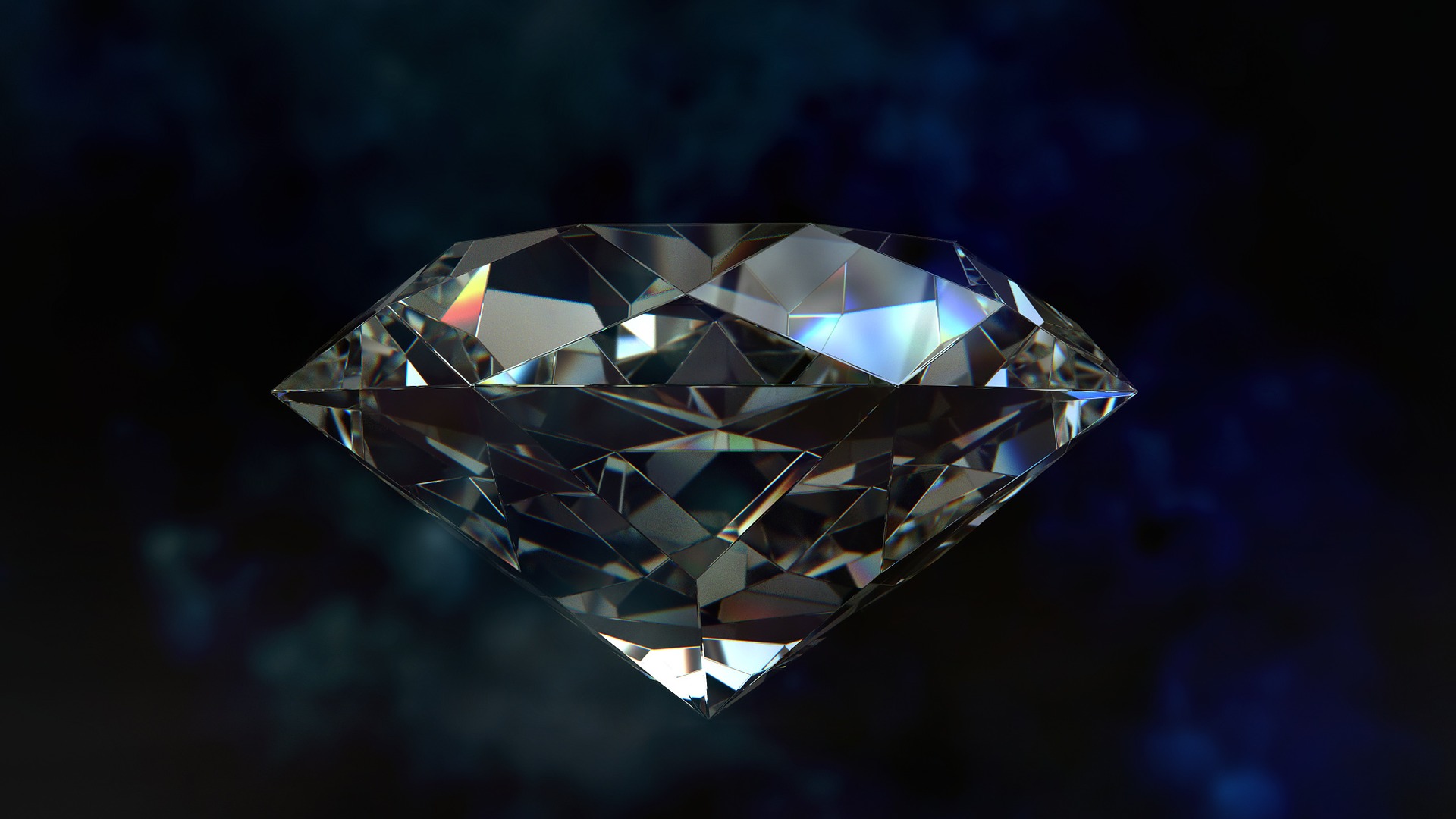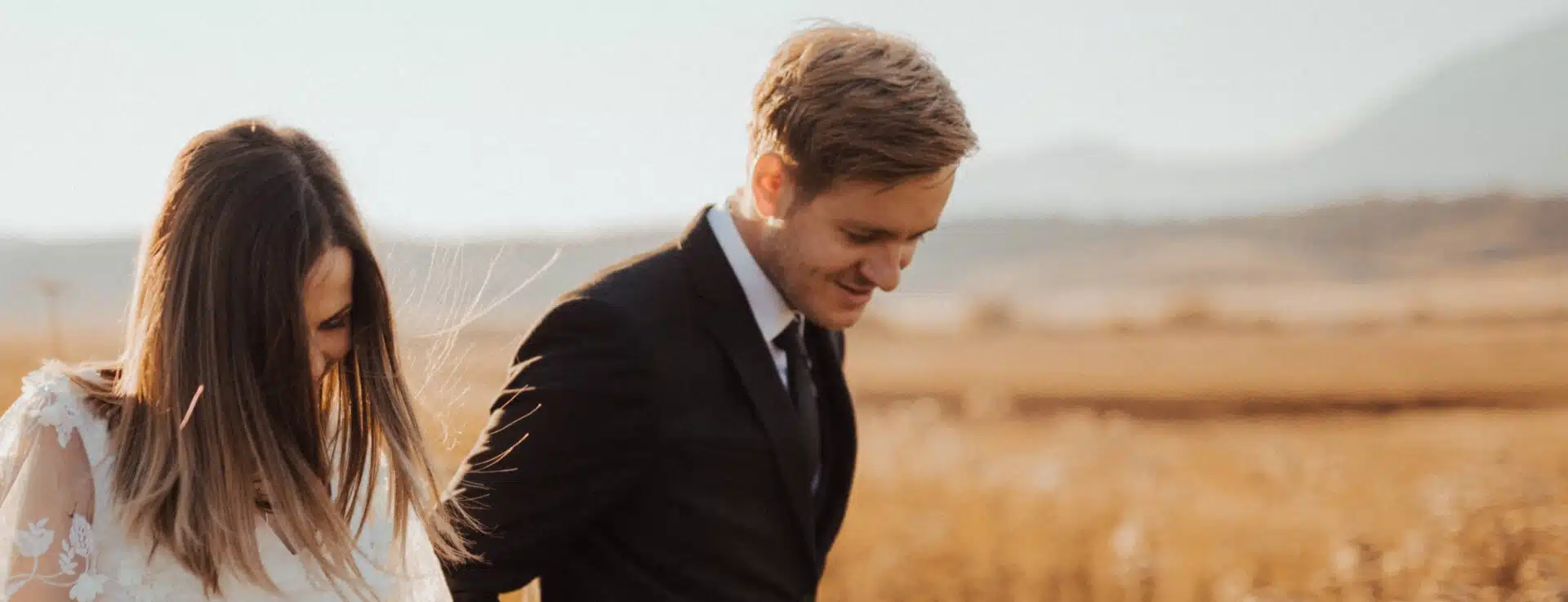Cushion Cut Diamonds at Anania Family Jewellers
The cushion-cut diamond is also traditionally referred to as the “pillow-cut diamond.” Rounded edges soften the corners of this square or rectangular-cut diamond. A unique spin on the classic round brilliant, the cushion-cut diamond is an excellent choice for any engagement ring setting.
The cushion cut derives from early faceting techniques that were limited by the tools and technologies of the time. Most gem quality diamond rough has a crystal shape of an octahedron – imagine two pyramids glued together at their bases.

With the crude tools available originally, the cutter simply polished off one point to form a small table. Then a few facets were polished along the other point forming the pavilion. The corners were lightly rounded off forming an overall squarish outline from the top view.
Modern cushion cut diamonds are square or slightly rectangular shapes with curved sides and either rounded or pointed corners.
Typically, this cut will have pavilions consisting of four or eight main facets, the kite-shaped facets between the girdle and the culet. Sometimes the cut is modified to include extra facets on the crown or pavilion, in which case the cut is called modified cushion cut brilliant.
Key Features of a Cushion Cut Diamond
- Square or rectangular shape
- Rounded edges
- Brilliant cut style (similar to Round Brilliant and Princess Cut diamonds)
- Vintage, antique look and feel
- Numerous style choices (square vs. rectangular, standard vs. modified, “chunky”
Pros and cons;
Pros
- High level of brilliance and fire (reflects white and coloured light well)
- Unique shape for a more personalised engagement ring
- Very durable due to rounded edges
- Combines classic fashion with modern flair
- Less expensive per carat than Round Cut diamonds
- Rising in popularity
Cons
- Retains colour better than other shapes (we recommend an H grade or better)
- An open table means imperfections can be easier to see
- Referred to by a number of terms which can confuse the buyer (i.e. modified cushion, classic cushion, chunky cushion)
Cushion cuts are one of the worst shapes when it comes to retaining colour (or one of the best, if you’re a manufacturer of fancy colour diamonds).
Cushions and radiants are the two most common diamond shapes in the fancy colour diamond market. These shapes are on the opposite end of the spectrum from rounds, which are the best at masking their colour.







